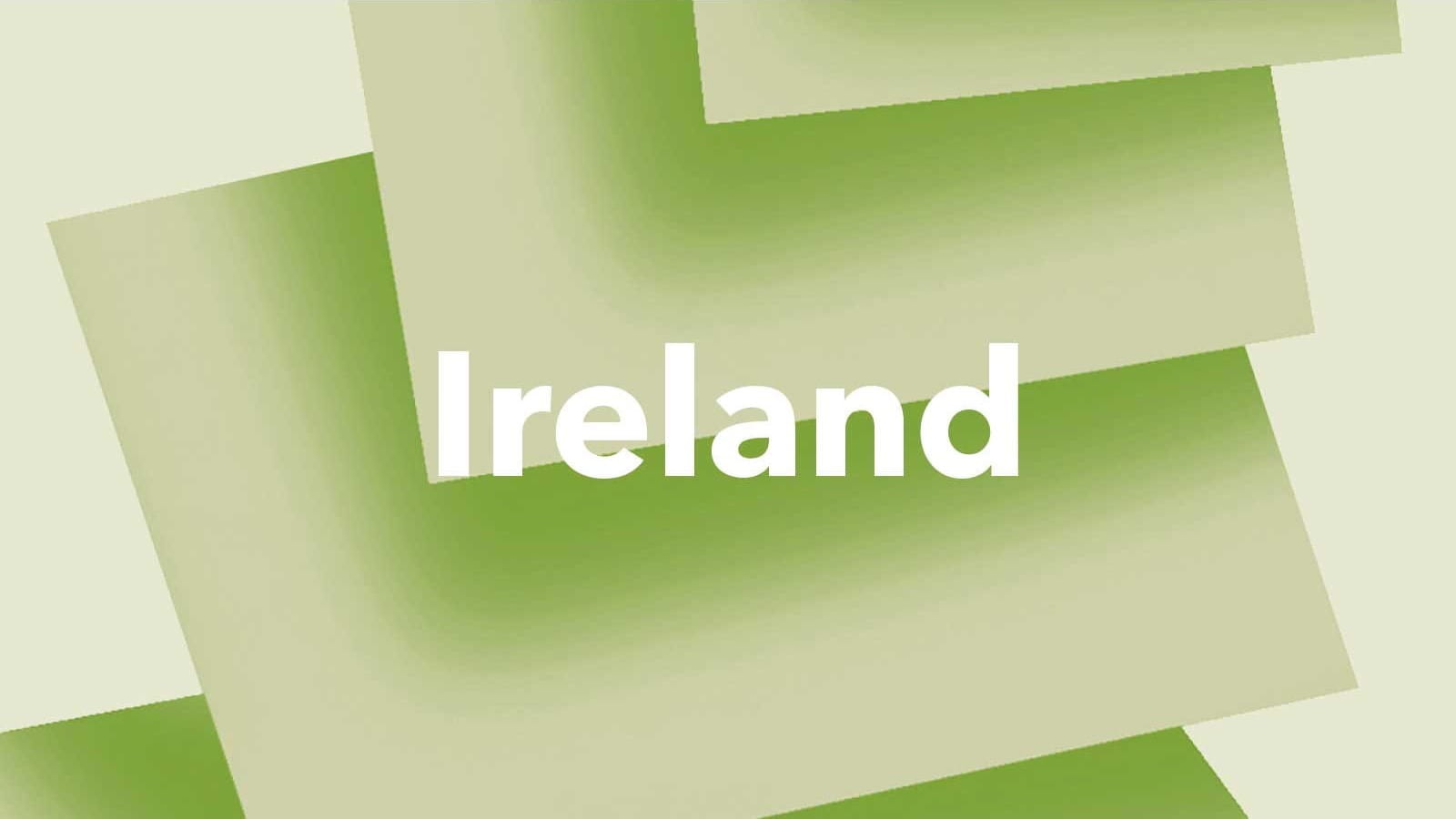The pandemic has presented governments with the opportunity to reform their tax systems with incentives and infrastructure in place to encourage investment. But will they? We take a look at what is expected from Ireland. Words by Christian Doherty.
Ireland’s budget for 2021, recently published, focused predominantly on COVID-19-related measures and is the biggest spending budget in the history of the state. The government has extended its wage subsidy scheme to 31 March 2021, providing a subsidy directly to the employer. Employees retain their jobs during the affected period and can continue to work while receiving the subsidy.
“Certain sectors of the Irish economy are doing fine; some are doing brilliantly; and some are closed,” says Liam Lynch, tax partner at KPMG in Dublin. So far, COVID-19’s biggest impact has been on youth unemployment, which has soared as huge swathes of the hospitality, tourism, retail and travel sectors have effectively shut down. With the government estimating that total taxation revenue will decline by 16.4% to €49.6bn, it was recently announced that the total government deficit is projected to reach €20.5bn.
The government has introduced some measures to help the hardest hit sectors by temporarily reducing the VAT rate for the tourism and hospitality sectors from 13.5% to 9% until 31 December 2021. The standard rate of VAT has also been temporarily reduced from 23% to 21%, and the income tax deadline has been extended by four weeks for those who pay online.
Other measures introduced to help the economy include allowing businesses to ‘warehouse’ VAT and payroll tax debts for a period of 12 months after the business (affected by COVID-19) has resumed normal trading – no interest will accrue on the unpaid debt during this period.
It has also introduced a Stay & Spend tax credit where individuals can claim back 20% of money spent on the hospitality sector. The scheme is open until 30 April 2021. The maximum credit available to an individual is €125.
“It’s a classic K-shaped economy, where there’s a clear divergence between the real economy and the stock exchange,” Lynch says, pointing out that Ireland’s overall tax take has held up well thanks to one of the most progressive tax systems in the world, with higher earners so far less affected by the crisis.
But tackling some of Ireland’s structural problems – and incentivising growth to recover from COVID-19 – will require ingenuity and a willingness to look at a tax system that is in some ways reliant on windfall revenues from the profits of large multinationals taking advantage of the country’s low headline corporate tax rate of 12.5%. The fact that just 100 companies account for 70% of the total corporate tax take will surely inform reform efforts.
“We need to have the proper incentives and infrastructure in place to encourage investment in start-ups and developing companies and to give the relief for investment in areas so that the people with the money can go out and take risks,” says Lynch.
He points to suggestions that the government would look again at Ireland’s Enterprise Investment Scheme to get more money back in circulation as an encouraging sign. “You need incentives there to make sure the money is going to the right places. So that’s one thing that looks obvious,” he says.
Lynch concedes that achieving that may involve politically difficult decisions such as reducing the capital gains tax rate from 33%. “That rate is a disincentive because it causes people to hold on to assets rather than selling them,” he explains. “‘We have an entrepreneur regime which has a limit of £1m that also probably needs to be expanded, along with the EIS to encourage investment in the next generation of business.
“Looking elsewhere, reforms may be harder to enact, given the country’s deep integration with both the EU and UK economies. On the CGT side, we’ll have to work through those as they happen. Ireland has performed well not just because of CT rate, but also because we’ve been seen as a safe place to do business.”


